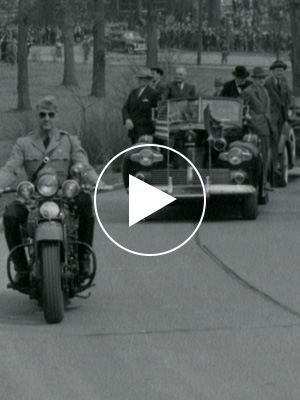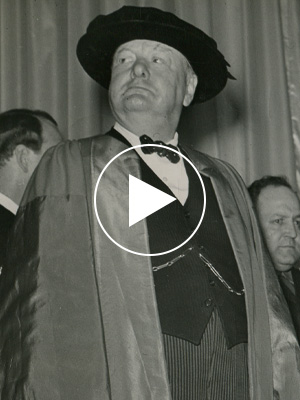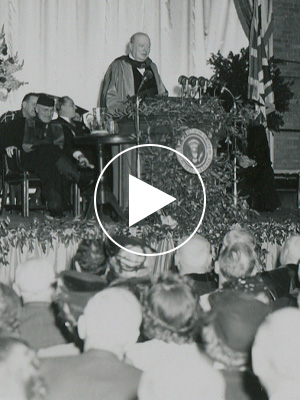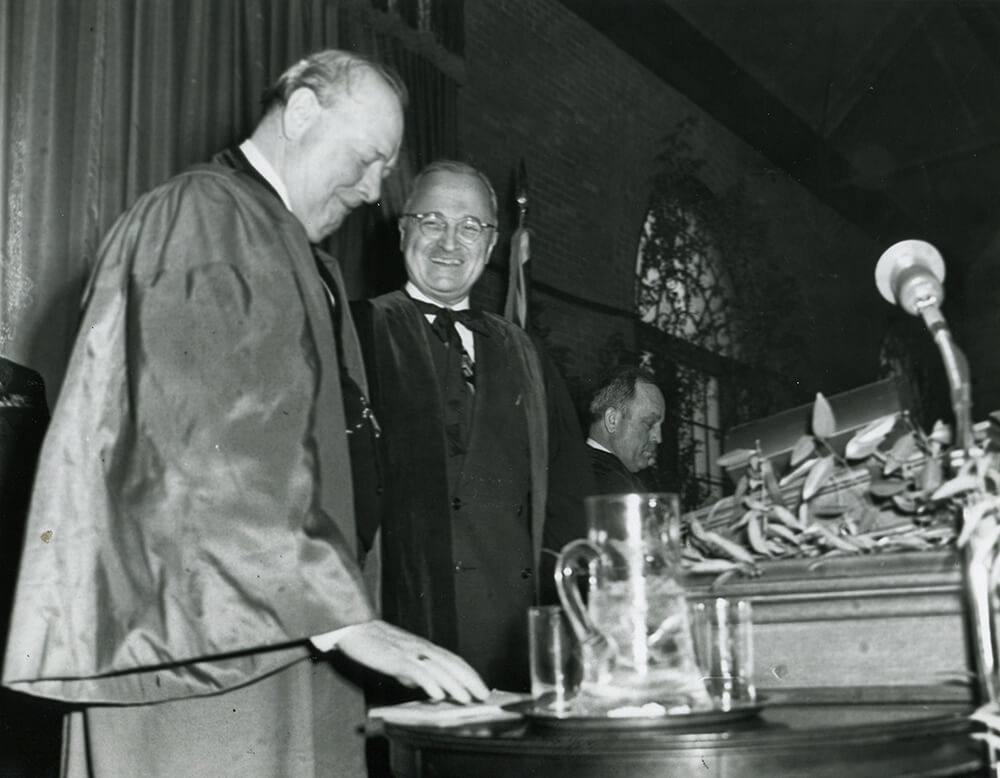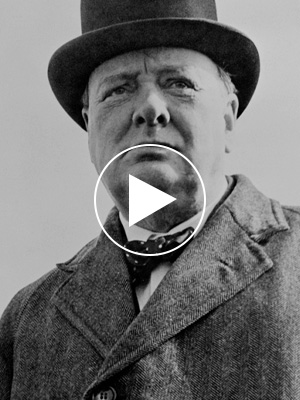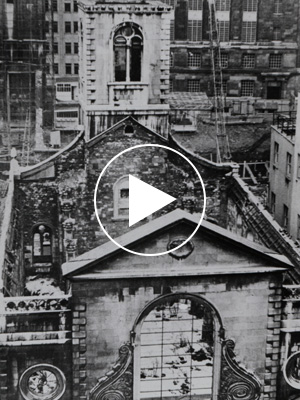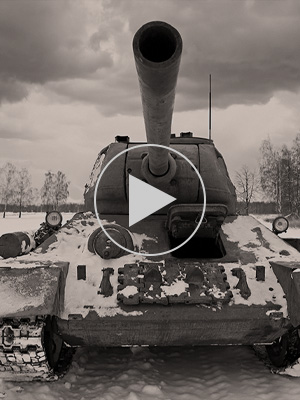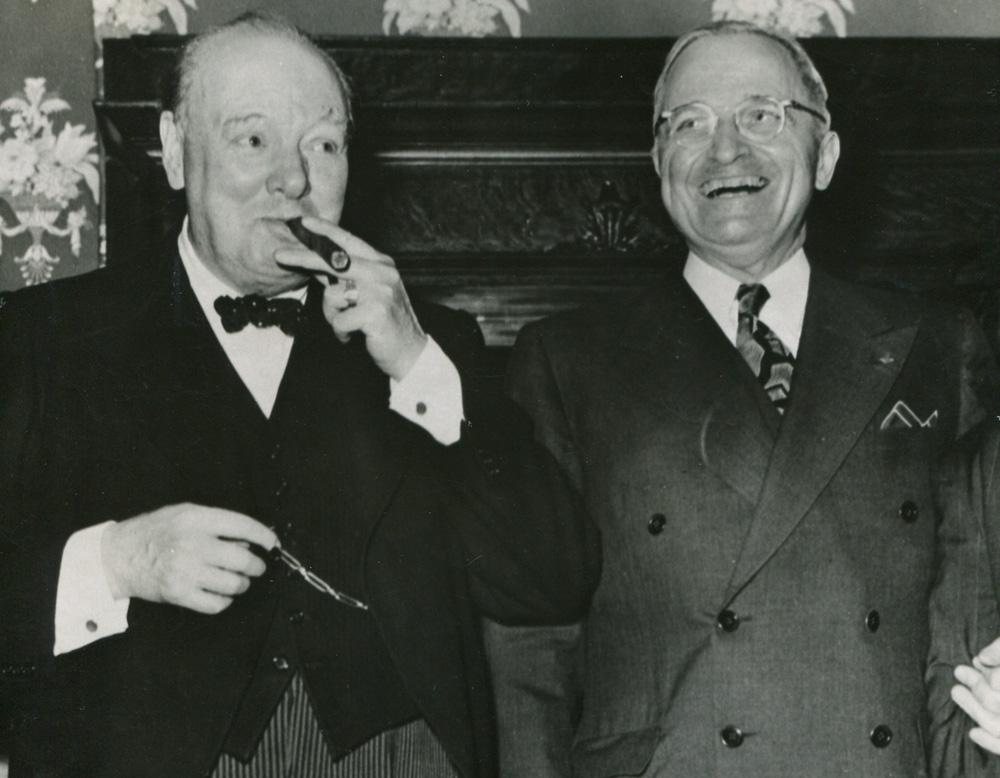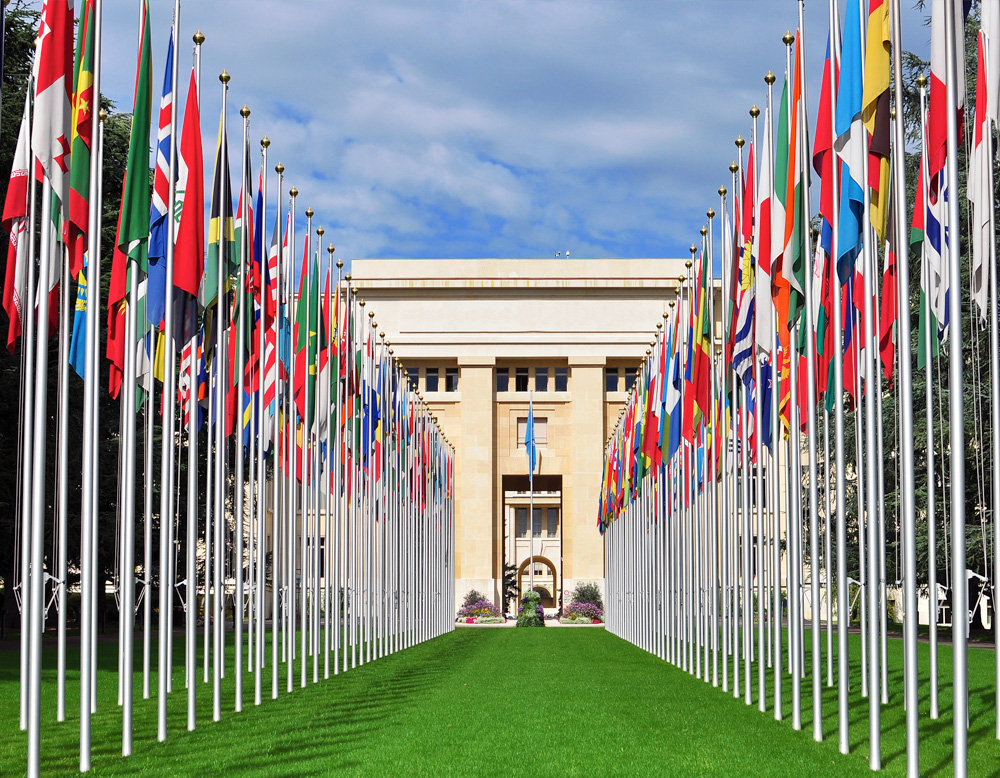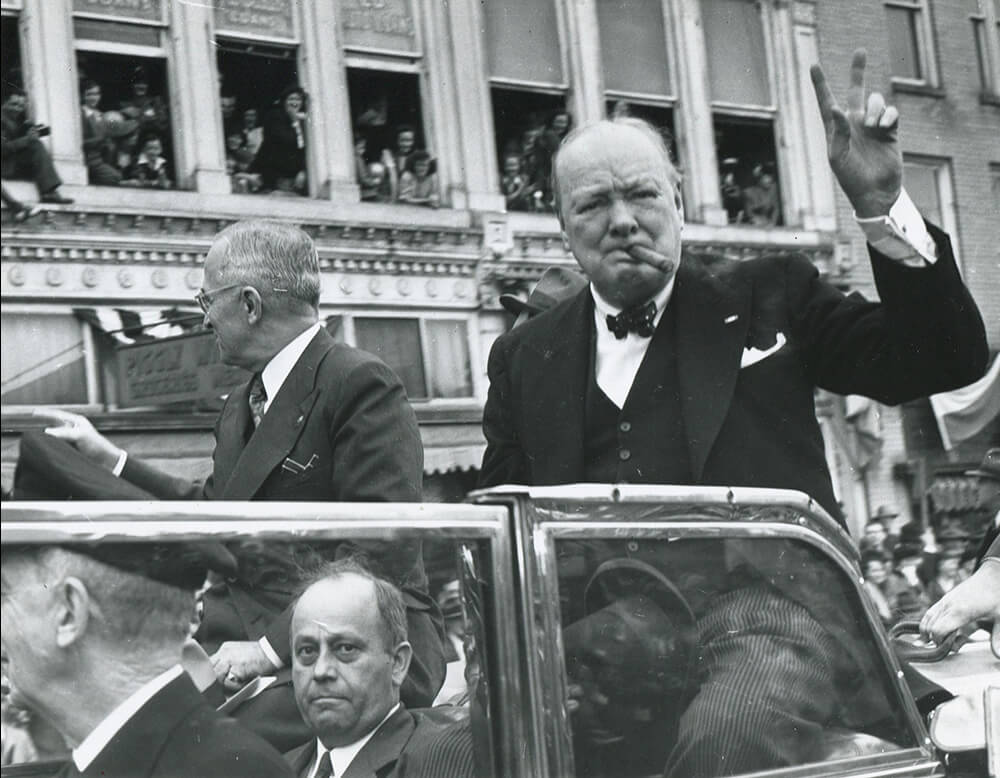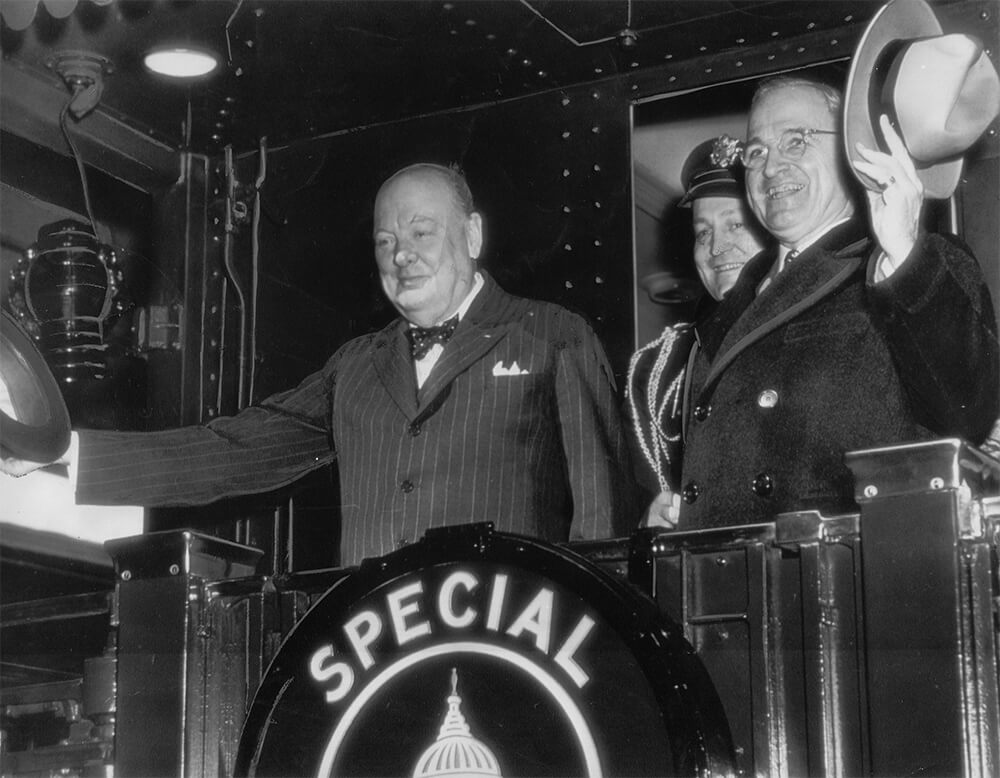
Introduction
A World on Fire
“None can compute what has been called ‘the unestimated sum of human pain.”
In the years immediately preceding the Sinews of Peace speech, the world had been engulfed in conflict. The people of the world had just witnessed the most destructive war in the whole of human history, and by the time it had finally concluded in the flames of nuclear fire, eighty million men, women, and children’s lives had been cut short.
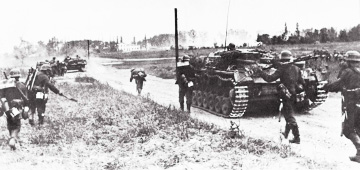
Winston Churchill had been the Prime Minister of Great Britain through most of this conflict, being in office from May 1940 to August 1945. Throughout his political career, Winston Churchill had held many different ministerial positions, and had been a prominent politician even in the years preceding World War I. However, he is perhaps best known for his leadership during World War II, which was characterized by a fierce resolve to never surrender, and to fight unto victory.
While the war had been brutal, few of the Allied nations had felt this brutality more than the Soviet Union. By the time victory in Europe had been achieved, 8.7 million Russian soldiers lay dead, with about as many civilians sharing the same fate as well. For the Soviet Union, the cost of victory had been staggering, and as the post-war world was set to be shaped, the nation’s leader, Joseph Stalin, resolved that never again would such a war come to Russian soil. As the nations of Eastern Europe were liberated by the Red Army, the Soviet Union set about installing governments friendly to Moscow in each of them, regardless of what the people of these nations wished. Only Czechoslovakia would vote to install a communist government, and even then, fair elections would not be held again until the year 1990.
Tensions Riding High
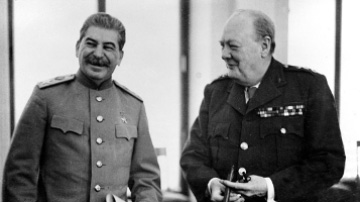
“From Stettin in the Baltic, to Trieste in the Adriatic, an iron curtain has descended across the continent.”
Winston Churchill had hoped to see a Europe free to determine its own destiny in his lifetime—a hope that Adolf Hitler would delay, and that Joseph Stalin would dash. Worse still, on February 9, 1946, Stalin would proclaim in a speech that war between the East and West was inevitable.
In the face of an increasingly polarized post-war Europe, Winston Churchill was offered the opportunity to speak at Westminster College to an American audience; an opportunity he would seize upon. Amid preparing his address to this small-town school, on February 22, 1946, George F. Kennan, the American ambassador to Moscow, would send the so-called “Long Telegram” to Washington. Detailed within it was that the Soviet position was one of perpetual hostility towards the capitalist world, and that the policy of the United States should be one working towards the containment of communism.
When Winston Churchill delivered his address, entitled “Sinews of Peace,” it contained many points; but perhaps the poignant of them were his call for a special relationship to be formed between the United States and Great Britain, and his declaration that an iron curtain had descended across Europe, dividing East from West.
A Lasting Legacy
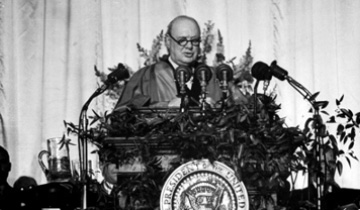
“...The future will be clear, not only for us but for all, not only for our time, but for a century to come.”
The legacy of Winston Churchill’s speech is hard to overstate. From it emerged the policy of containment of communism that the United States would adopt during the Cold War, the close relationship between the United States and Great Britain, and also the acknowledgement of the importance of international organizations such as the United Nations, which is still a global force for peace to this day.

Page 9
Churchill recounts and summarizes the horrors of the conflict from which the world had just emerged.

Page 33
Churchill proclaims that the East has been divided from the West due to the actions of the Soviet government, and states that the nations of Eastern Europe are under the boot-heel of Moscow.
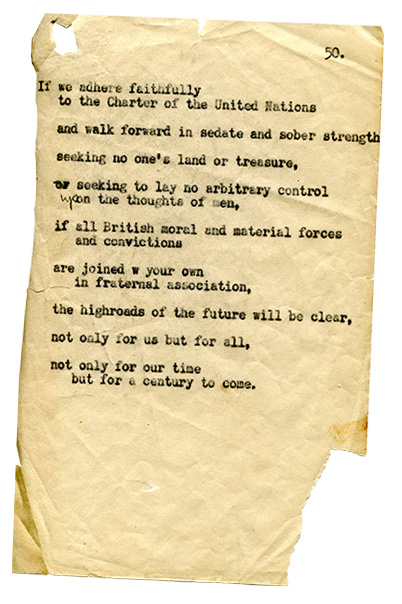
Page 50
With a hopeful undertone, Churchill proclaims that if the powers of the free world remain vigilant, and if his proclamations are followed, then the world will see lasting peace.




